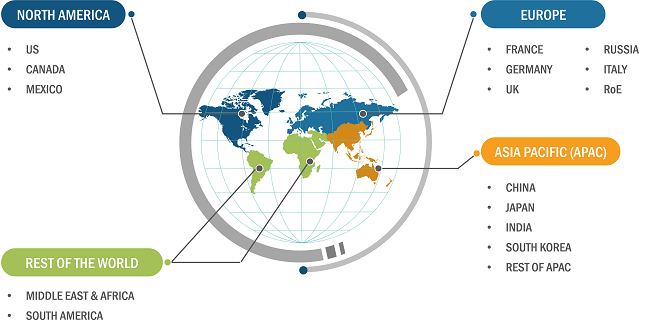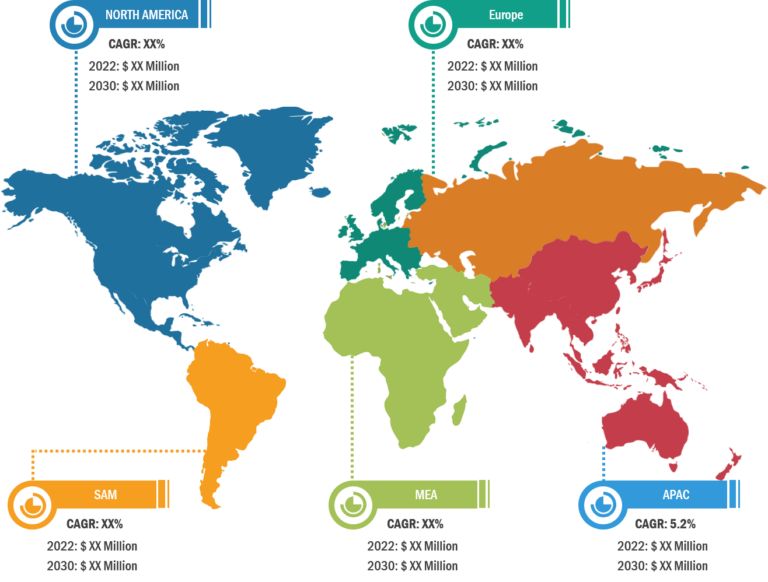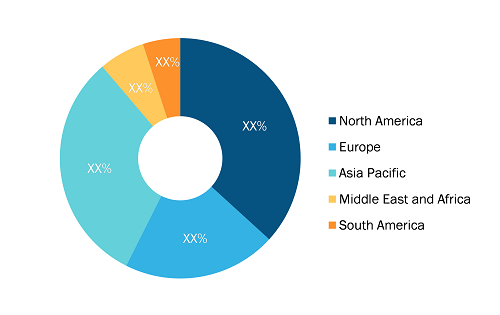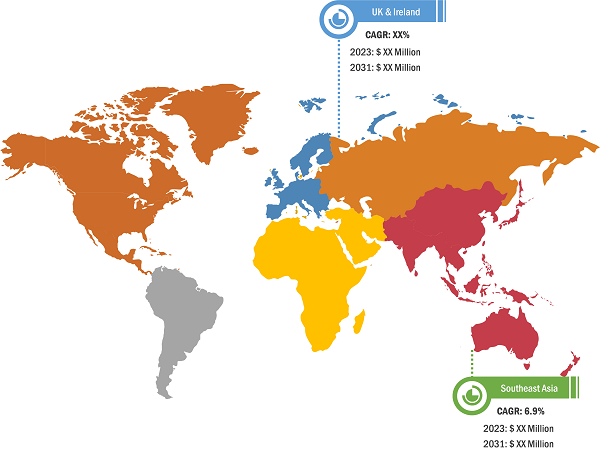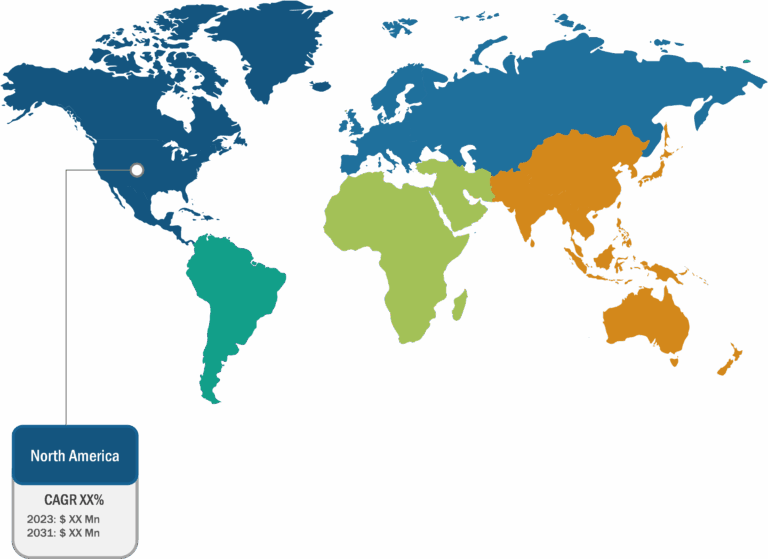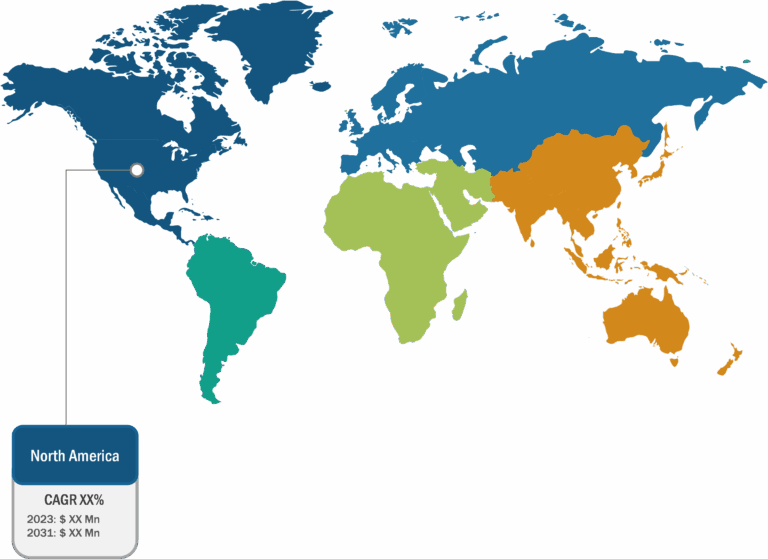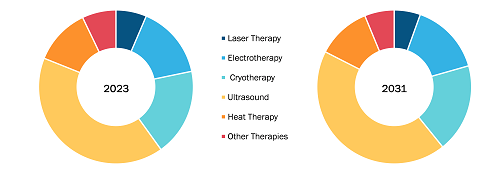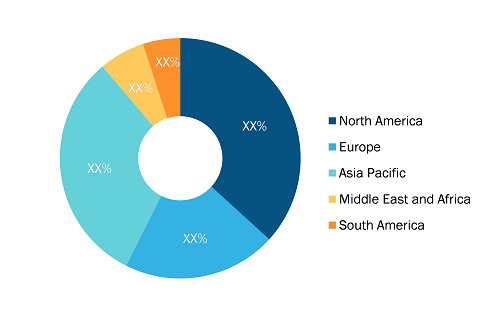
Third party logistics Market
Continuous growth in Retail and e-commerce is driving the demand for third party logistics market. As per the data provided by the US Census Bureau in 2023, the e-commerce estimates for the second quarter of 2023 increased by 7.5 percent from the second quarter of 2022. Moreover, according the National Retail Association in 2021, the retail industry saw 14% growth in 2021 from 2020. Third-party logistics (3PL) is acting as a significant component of e-commerce in order to manage the issues of inventory, warehousing, packing, tracking, and shipping. In the e-commerce business, 3PL providers deliver flexibility & scalability, upgraded technology, and efficiency & specialization.

Implementation of software solutions and adoption of big data analytics is expected to boost the Third party logistics Market Growth
Logistics is a complex process that involves the flow of multiple goods and information across the network of suppliers, carriers, and warehouses. This complexity can be handled using software systems, which allow the analysis of real-time and real-world data. This implementation of software systems improves lead times, reduces excess inventory levels, helps in resolving warehousing issues, and decreases inventory costs. Increased competitiveness in the industry is the major reason for third-party investing in automation and digitization. In the coming years, third-party logistics firms are expected to shift toward mobile technology to reduce paper records.
The adoption of RFID-enabled devices is also expected to store data for easy transport that will also simplify tracking and identification of products. Software related to transportation management systems will reduce inefficiency and costs. Furthermore, the usage of speech recognition software in warehouse management system communications will help with order turnaround and inventory records while lowering employee training needs. Along with this, the acceptance of cloud-based technology in third-party logistics organizations will respond to demands by recognizing the need for client access, allowing them to address seasonal trends better.
Big Data is another technology that is transforming the third-party logistics industry notably. By analyzing financial and operational KPIs and providing the best shipping experience, a data-driven strategy aids third-party logistics service providers in maintaining flexibility. Third-party logistics service providers will be able to turn data into insightful knowledge by developing data science technologies and other resources. End-to-end supply chain visibility, improved resource planning, and cost reduction are a few of them. According to a study done by Council of Supply Chain Management Professionals in 2021, 98% of third-party logistics organizations and 93% of shippers agree that data analytics are essential for making wise business decisions. In fact, 71% of them think data analytics significantly improves the effectiveness and quality of their company. Thus, advancements in third-party logistics such as IT solutions, supply chain software, higher use of mobile technology and Big Data, and greater inclination toward the use of cloud-based systems will help companies meet the real-time demand for services.
Third party logistics Market Analysis: End User Overview
Third-party logistics (3PL) holds paramount importance in the automotive sector due to the automotive industry’s complex and global nature. Automotive companies rely on 3PL providers to streamline their supply chains, reduce costs, and enhance overall operational efficiency. These logistics experts bring specialized knowledge, experience, and infrastructure tailored to the unique demands of the automotive industry. They ensure that parts and vehicles move seamlessly across borders and through complex distribution networks. Ford’s all logistics operations are carried by Penske Logistics, allowing the automaker to focus on its core competencies while benefiting from Penske’s expertise in logistics. The collaboration streamlined Ford’s supply chain, resulting in reduced lead times and improved inventory management. Also, in 2018, General Motors (GM) joined forces with Ryder System, Inc. GM leveraged Ryder’s 3PL capabilities to manage its inbound logistics, enabling the company to maintain leaner inventories and respond swiftly to market demands. This strategic move enhanced GM’s supply chain resilience and reduced transportation costs, ultimately bolstering its competitiveness in the automotive industry.
Third party logistics Market: Competitive Landscape and Key Developments
DHL Group, GEODIS, United Parcel Services Inc., XPO Inc., C H Robinson, Nippon Express and DB Schenker are among the key Third party logistics market players profiled during this study. In addition, several other important third party logistics market players have been studied and analyzed during the study to get a holistic view of the Third party logistics market and its ecosystem.
| Year | News | Country |
| 2022 | GEODIS, a world leader in transport and logistics, announced that it has signed an agreement to acquire the American company Need It Now Delivers. The acquisition will enable GEODIS to significantly increase its presence in the United States in the areas of contract logistics and last-mile delivery. The acquisition will also consolidate GEODIS’s position as one of the world’s ten leading logistics providers. | APAC |
| 2020 | UPS expanded its European network with a new super hub worth ~US$ 180 Million in Germany. This expansion will occur in two phases till the year 2023 and it will double the current sorting capacity of hub to 30,000 packages/hour. | Europe |

